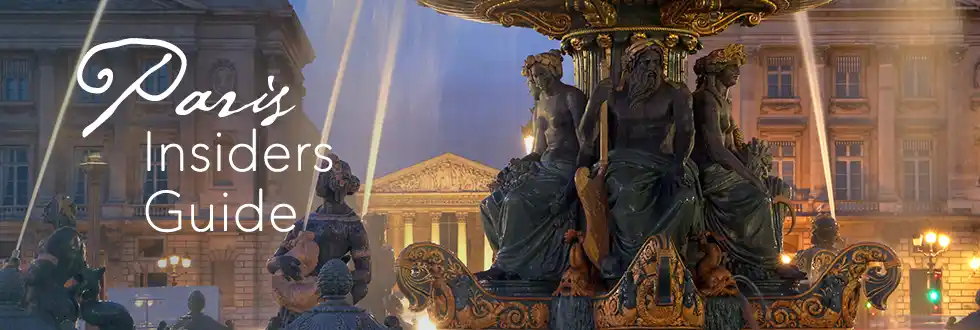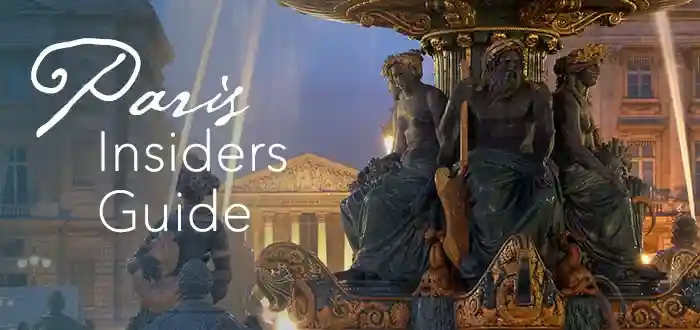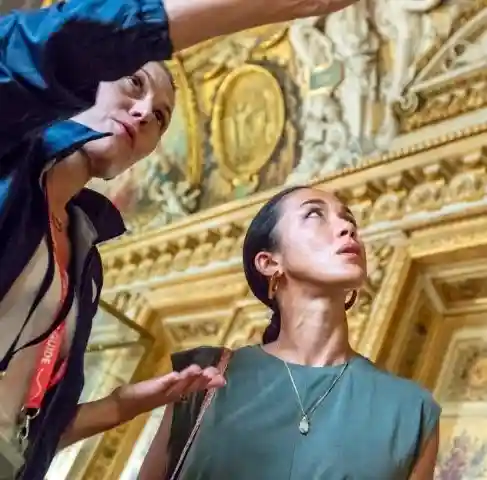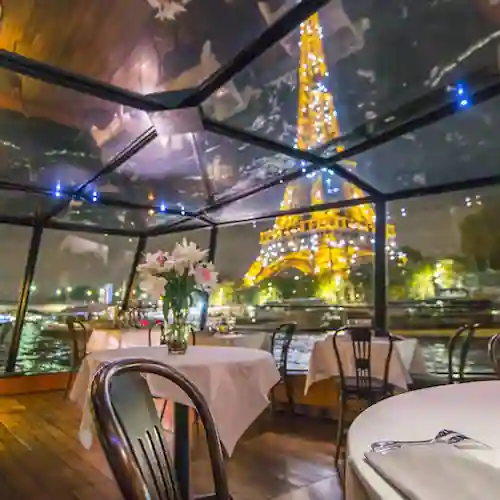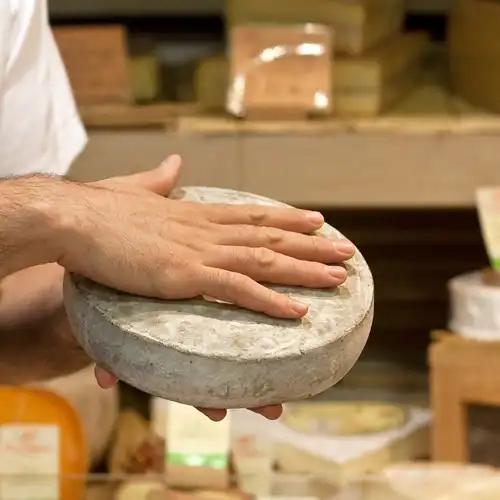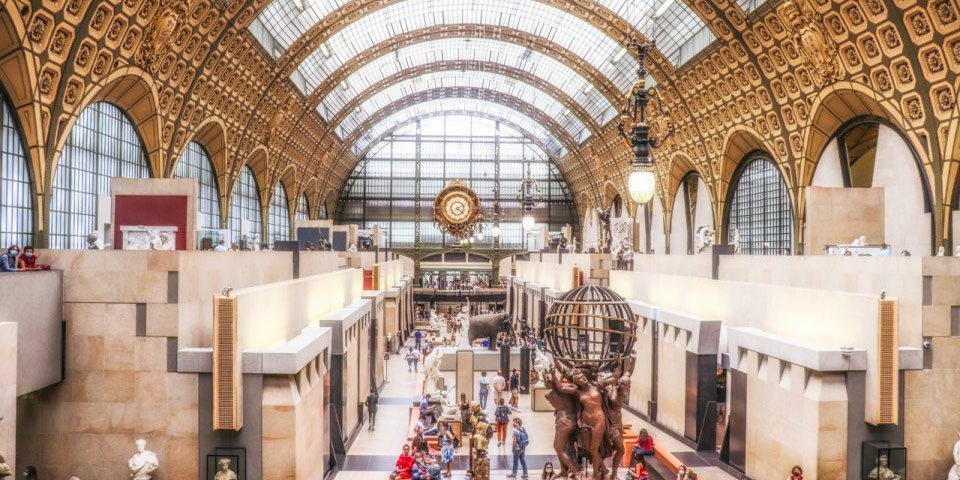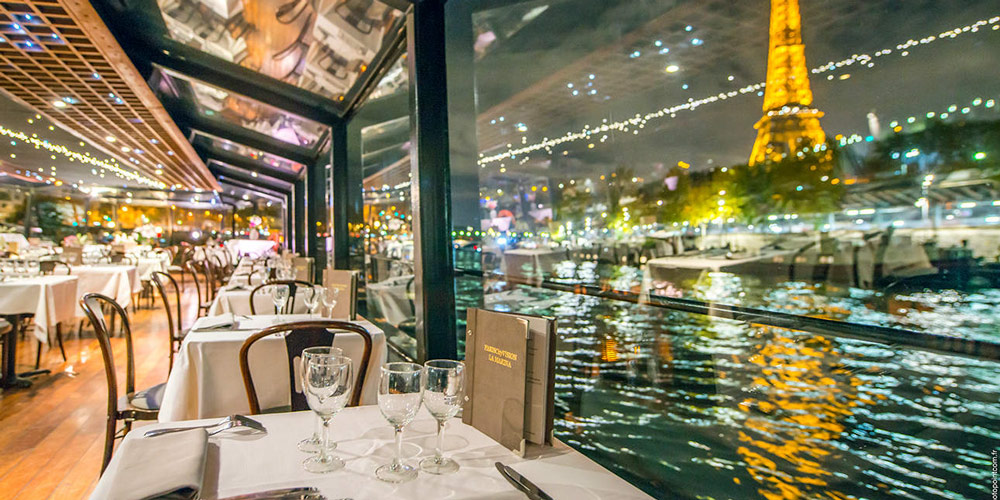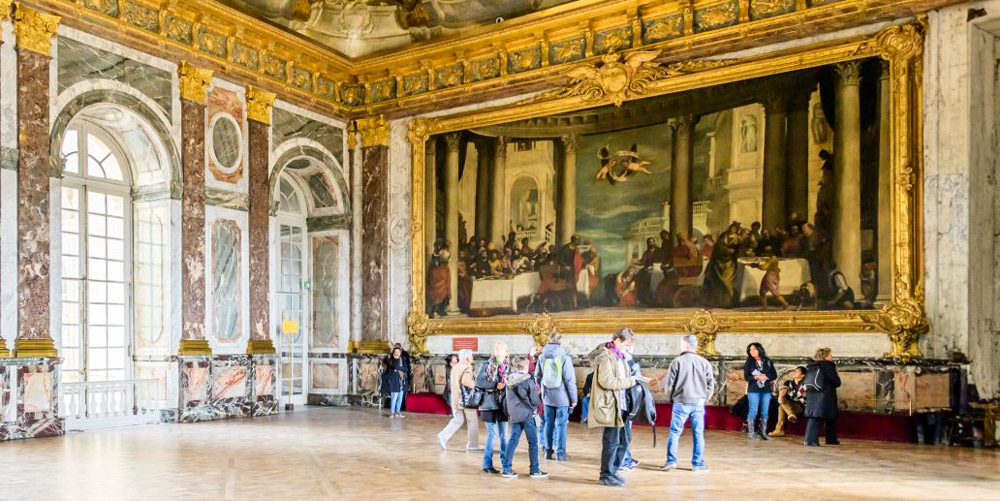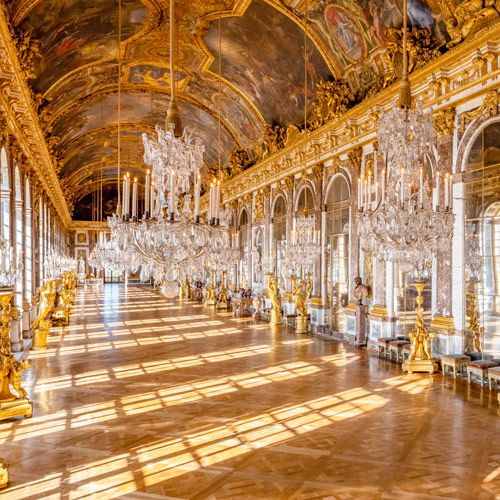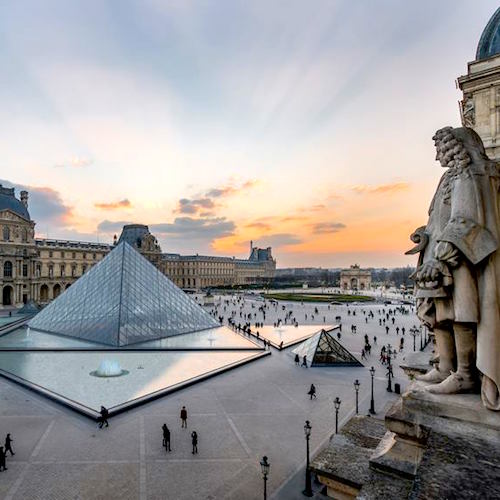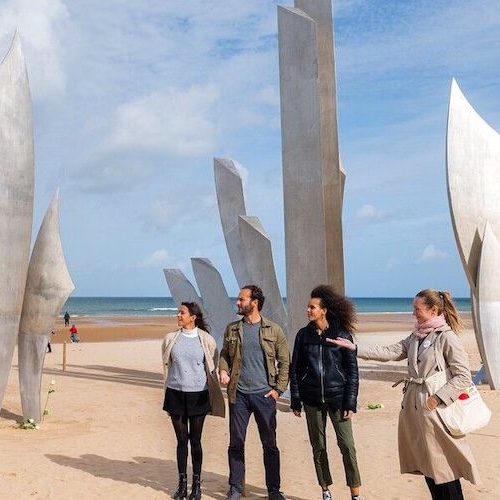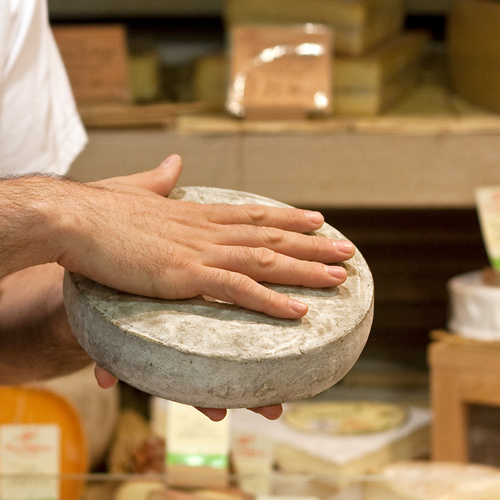Paris Metro Station Names With Unusual Juxtapositions
We've always wanted to write a headline using the word juxtaposition, so it already feels like we've accomplished a goal. Putting aside our excitement for a moment, this article is about the names of Paris Metro stations that are the result of unlikely couplings. For example, Richelieu – Drouot station (on Lines 8 & 9) conjoins the name of Cardinal Richelieu (1585–1642), the powerful Secretary of State to Louis XIII, with Antoine Drouot (1774–1847), one of Napoleon's generals who fought in the battles of Trafalgar and Waterloo.
![]()
Discover What's On When You're Here...
• January... |
• February... |
• March... |
• April... |
• May... |
• June... |
• July... |
• August... |
• September... |
• October... |
• November... |
• December... |
Discover What's On When You're Here
• January...
|
• February... |
• March... |
|---|---|---|
• April... |
• May... |
• June... |
• July... |
• August... |
• September... |
• October... |
• November... |
• December... |
The Names Come from Above
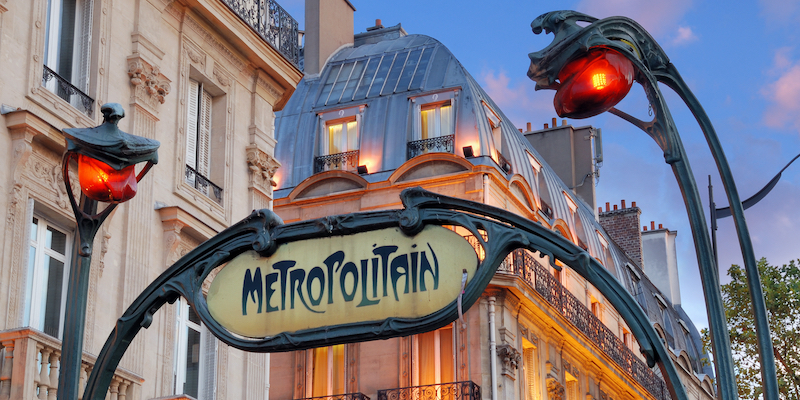
How did these combinations come about? Since the Metro is built underground, the stations are often named after more than one of the streets or crossroads above them, and those streets were named for famous people, or historical events, or the destination the street reached. When those names happen to get combined in Metro station naming, unusual pairings can result, like these five examples.
1. Chaussée d'Antin – La Fayette, Lines 7 & 9
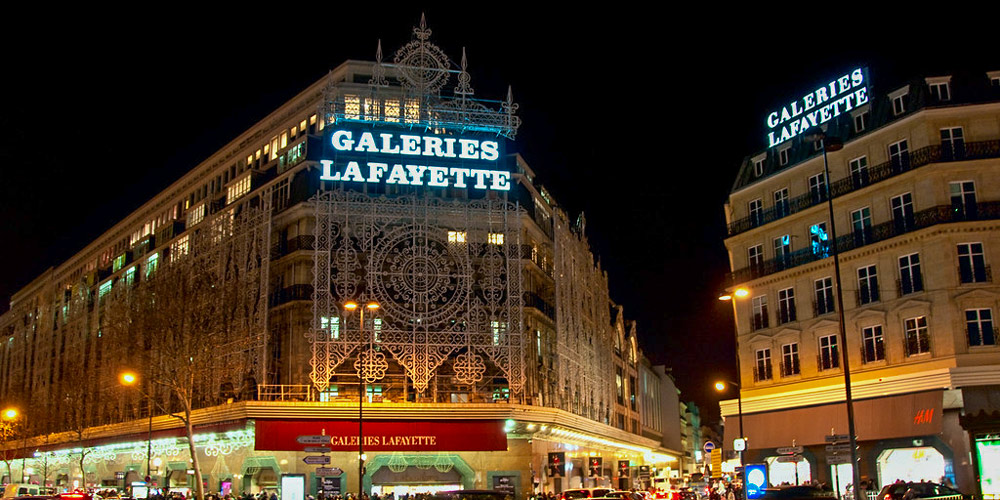 Galeries Lafayette at night, photo from Flickr
Galeries Lafayette at night, photo from Flickr
Chaussée d'Antin – La Fayette combines an 18th-century nobleman and favorite of Louis XIV with the hero of both the American and French Revolutions.
Chaussée means street or road. Chaussée d'Antin was created as a boulevard in 1720. When Louis Antoine de Pardaillan de Gondrin, the first Duke of Antin (1665–1736) built a grand residence here, the new street became identified with him.
Rue La Fayette is a long street that cuts diagonally across the 9th and 10th Arrondissements. It is named for Marie-Joseph Paul Yves Roch Gilbert du Motier, Marquis de Lafayette — better known to most of us as simply Lafayette, the French military officer who took part in the American Revolutionary War, was friends with Washington and Jefferson, and drafted the French Declaration of the Rights of Man after that country's revolution.
What's Found Here
![]()
|
Skip the lines and join an expert-led tour through the Musée d'Orsay — home to Van Gogh, Degas, and Monet. It’s the ultimate walk through 19th-century art in a grand old train station. |
|
Skip the lines and join an expert-led tour through the Musée d'Orsay — home to Van Gogh, Degas, and Monet. It’s the ultimate walk through 19th-century art in a grand old train station. |
2. Barbès – Rochechouart, Lines 2 & 4
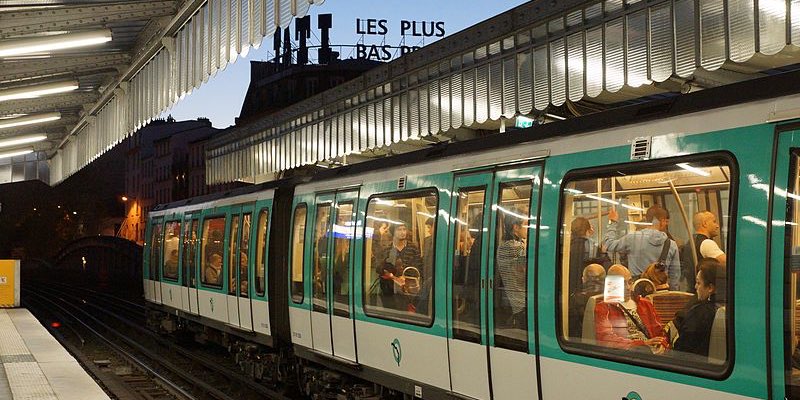 Platform at Metro Barbes-Rochechouart, photo Wikimedia by Chris Sampson
Platform at Metro Barbes-Rochechouart, photo Wikimedia by Chris Sampson
Barbès – Rochechouart brings together a French revolutionary of the 19th century and the benedictine abbess of Montmartre. It's located at the point where the 9th, 10th, and 18th Arrondissements meet.
Armand Barbès (1809–1870) is perhaps best described as an early rebel without a cause. Born in post-revolutionary France he fiercely opposed monarchy in any form, but didn't seem to quite know what to do about it, although Karl Marx himself called Barbès the "scourge of the establishment".
Marguerite de Rochechouart (1665–1727) was the 43rd Abbess of the Benedictine Abbey of Montmartre, before that district was part of Paris. The abbey is long gone, but Marguerite and her sisters are still remembered in the name of the Metro station now found there — Abbesses.
What's Found Here
- The above-ground platform of Line 2 (pictured)
- Gare du Nord…
![]()
|
Paris Dinner Cruises on the Seine Dine in style as you glide past the Eiffel Tower, Notre-Dame, and the Louvre on a magical Seine River cruise. Gourmet food, champagne, and Paris lit up at night – it’s unforgettable. |
|
Paris Dinner Cruises on the Seine Dine in style as you glide past the Eiffel Tower, Notre-Dame, and the Louvre on a magical Seine River cruise. Gourmet food, champagne, and Paris lit up at night – it’s unforgettable. |
3. Montparnasse – Bienvenüe, Lines 4, 6, 12, 13
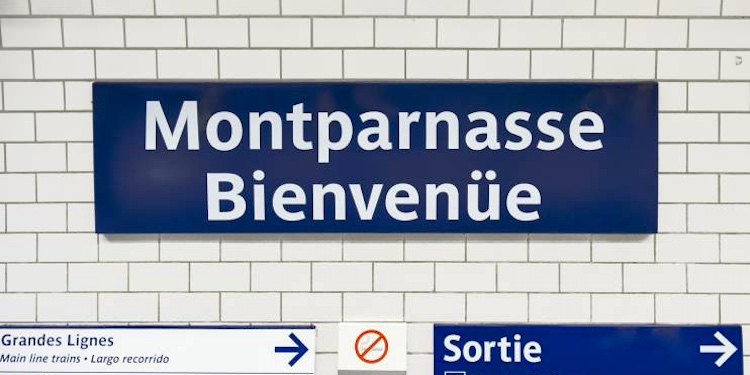
Initially, we assumed that the name of this Metro station had something to do with welcoming visitors to Paris arriving at Gare Montparnasse. Wrong again!
"Montparnasse" does come from the name of this quartier of Paris, named by 17th century students for Mount Parnassus, which in Greek mythology was home to the Muses. The neighborhood in turn gave its name to the boulevard and the train station. The Greek mountain, by the way, was named for the mythological son of Greek nymph Kleodora, who could foretell the future by casting stones.
Engineer Fulgence Bienvenüe (1852–1936) built Parc des Buttes-Chaumont, improved the drinking water system of Paris, and, to top it off, designed the Paris Metro. He accomplished all this even though he had only one arm. The son of a Greek nymph and the one-armed designer of the Metro, together at last at Montparnasse – Bienvenüe.
What's Found Here
- Tour Montparnasse…
- Gare Montparnasse
- Jardin Atlantique, on top of the train station
- No nymphs or Greek gods
4. Sèvres – Babylone, Lines 10 & 12
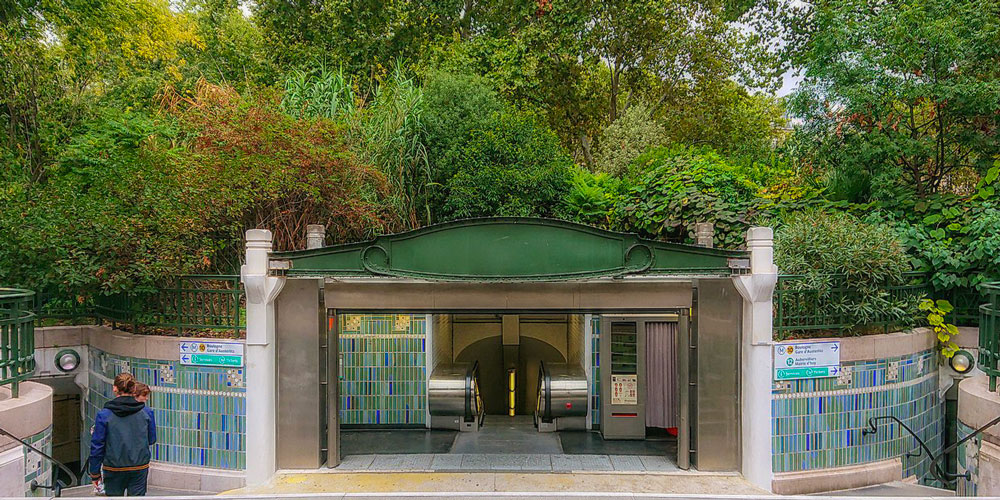 Sevres – Babylone entrance, photo Wikimedia by Cheng-en Cheng
Sevres – Babylone entrance, photo Wikimedia by Cheng-en Cheng
Sèvres – Babylone intersects the road to Sèvres (a town southwest of Paris) with, in a sense, the road to Baghdad.
The town of Sèvres has likely been around since Roman times. A legend names Sèvres as the place that Saint Germain (the saint, not the district) healed a sick person in the mid-6th century. 1,200 years later a porcelain factory was established here and the town has been famous for those ceramic products ever since.
Jean Duval (1597–1669), who styled himself Bernard de Sainte-Therese, owned a number of houses along a road next to today's Le Bon Marché department store. After Jean/Bernard became Bishop of Baghdad (or Babylone, as the French called it) the street, and the district, took on his title.
What's Found Here
![]()
|
Trade Paris bustle for royal grandeur on a guided Versailles tour. Skip the lines, wander the gardens, and peek inside Marie Antoinette’s private estate. History never looked this good. |
|
Trade Paris bustle for royal grandeur on a guided Versailles tour. Skip the lines, wander the gardens, and peek inside Marie Antoinette’s private estate. History never looked this good. |
5. Alma – Marceau, Line 9
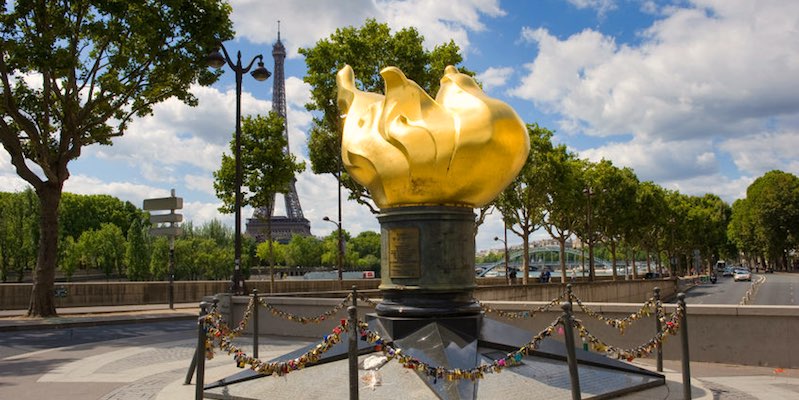 The flame of the Statue of Liberty
The flame of the Statue of Liberty
Alma – Marceau brings together a Crimean battle and another hero of the French Revolution.
The Crimean War is another one on the list of Puzzling & Useless Wars. (It's a long list.) In it, a French-British-Turkish alliance fought the Russian Empire about… oh, never mind. In 1854 the alliance defeated the Russians at Battle of the Alma. The newest bridge to cross the Seine, completed two years later, was named Pont de l'Alma to honor the victory.
François Séverin Marceau was a general in the French army who defeated pro-royalist armies in the period after the French Revolution. He died at the age of only 27 in a battle with the Austrian army. His ashes were buried under a pyramid-shaped tombstone. Surprisingly, Lord Byron mentions Séverin Marceau in the poem Childe Harold's Pilgrimage written about 20 years later —
By Coblentz, on a rise of gentle ground,
There is a small and simple pyramid,
Crowning the summit of the verdant mound;
Beneath its base are heroes' ashes hid…
What's Found Here
- Pont de l'Alma
- The flame from the Statue of Liberty, which has become a de facto memorial to Princess Diana, who died in a car crash in the tunnel beneath the bridge
- Théâtre des Champs-Elysées
- Musée d'Art Moderne de la Ville de Paris…
- Palais Galliera Fashion Museum…
Paris Planning Guides
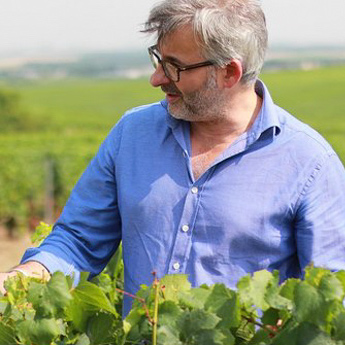 VIP to Champagne
VIP to Champagne |
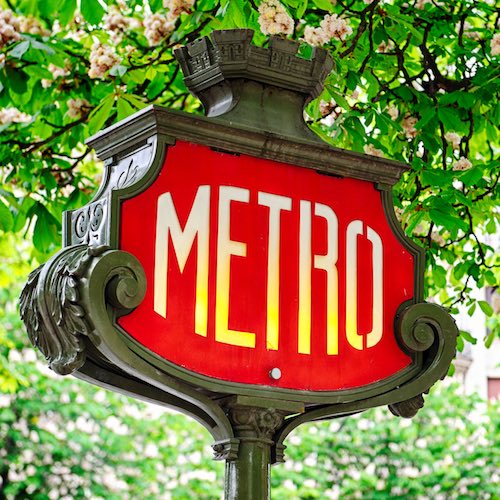 Paris Metro Guide
Paris Metro Guide |
 Latin Quarter Hotels
Latin Quarter Hotels |
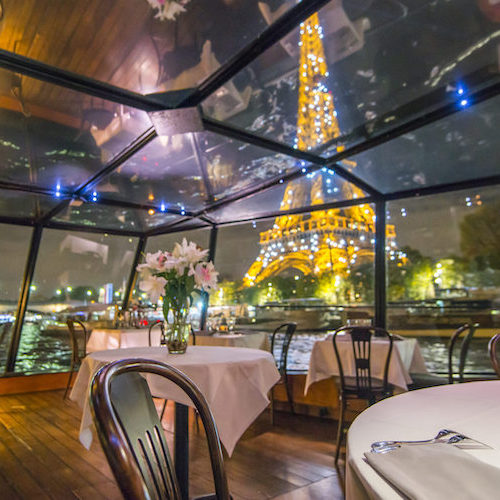 Glorious Dinner Cruises
Glorious Dinner Cruises |
